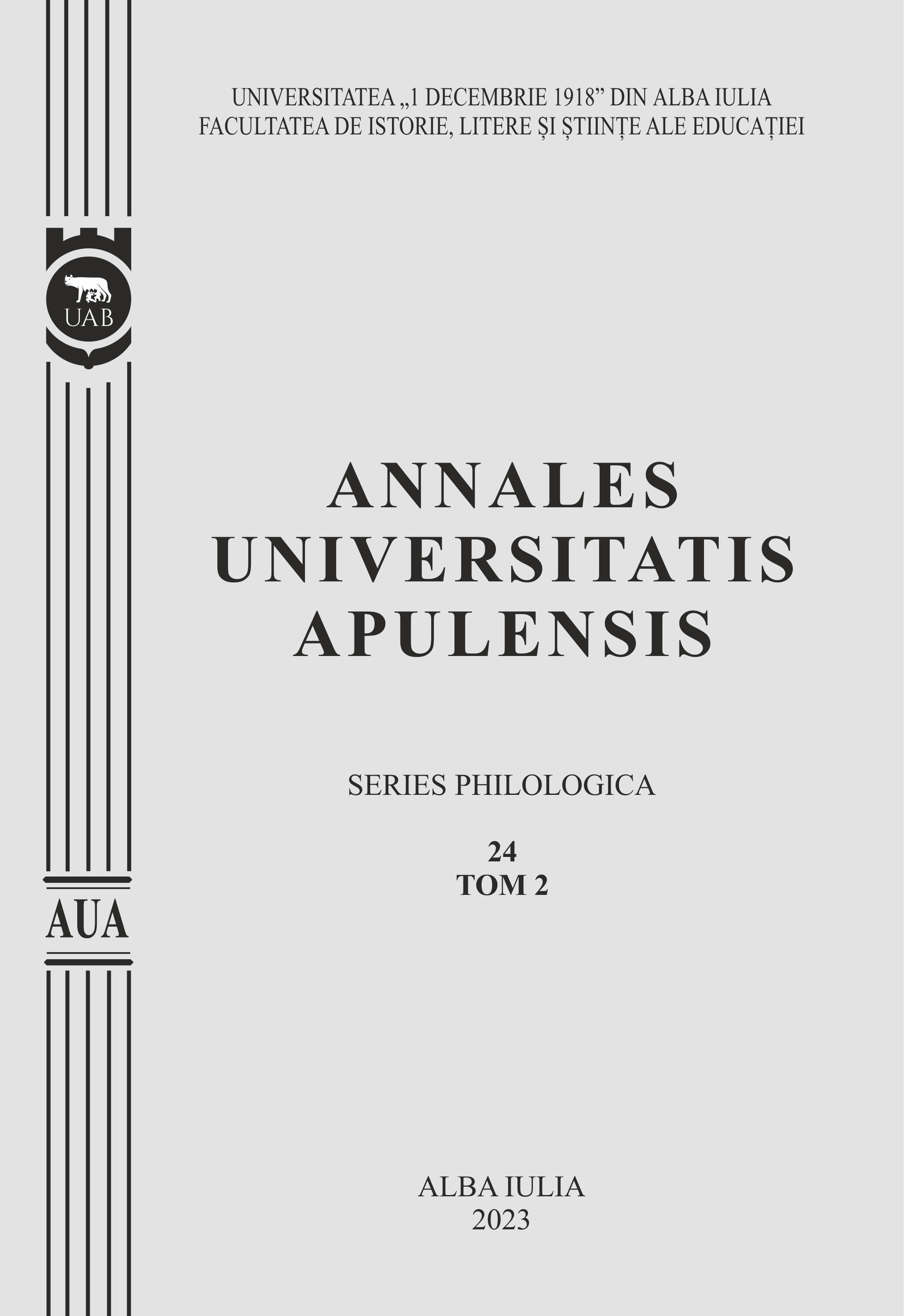THE PUPPET, THE CHICKEN AND THE CLOWN: A DISCOURSE-BASED APPROACH TO SARCASTIC METAPHORS IN PRESIDENTIAL DEBATES
THE PUPPET, THE CHICKEN AND THE CLOWN: A DISCOURSE-BASED APPROACH TO SARCASTIC METAPHORS IN PRESIDENTIAL DEBATES
Author(s): Adina BotașSubject(s): Language and Literature Studies, Applied Linguistics, Cognitive linguistics
Published by: Universitatea »1 Decembrie 1918« Alba Iulia
Keywords: presidential discourse; critical discourse analysis; sarcasm; sarcastic metaphors; agency;
Summary/Abstract: Considering the faircloughian premise that political discourse is always a form of action, this paper presents an analysis of three sarcastic metaphors, framed by various ironic formulae, used by candidates against each other in the American presidential debates of 2016 and 2020. In the analysis, I look at these ‘actions’ through the prism of several particularities of sarcasm and the conditions of its occurrence in the context of the presidential debate as a discursive genre. The presidential debate is a genre of discourse-in-interaction. More precisely, it is a highly adversarial type of interaction, in which participants are mainly concerned with disqualifying the opponent while making a politically favourable impact on the audience. Nevertheless, the ‘serious’ nature of presidential debates imposes discursive limitations on the participants, who cannot deliver their verbal attacks and insults straightforwardly against the opponent. Therefore, they need to resort to rhetorical tricks, as workable weapons in the battles of words these events are without exception turned into. Verbal attacks will occur in the guise of humour-related figures such as irony and sarcasm, popular in the genre for their effectiveness in softening the aggressive and offensive nature of the disparaging expressions, exempting the attacker of any fault, also enabling them to make an impression of wittiness in front of the audience. The three examples chosen for analysis, “the puppet”, “the chicken” and “the clown”, which I catalogued as sarcastic hyperbolic metaphors, are all references to the opponent and are somehow analogous in structure, all ‘acting’ to disqualify the target through ridiculing. Still, the mechanisms through which disqualification through derision is enacted are different and reveal less obvious nuances of the overall intended meaning conveyed, considering that the whole talk show happens - and only makes sense - in the presence of a mass audience. The analysis is carried out in the framework of Critical Discourse Analysis, as proposed by van Leeuwen in Discourse and Practice: New Tools for CDA, also considering the principles of political discourse analysis.
Journal: Annales Universitatis Apulensis. Series Philologica
- Issue Year: 24/2023
- Issue No: 2
- Page Range: 284-294
- Page Count: 12
- Language: Romanian

